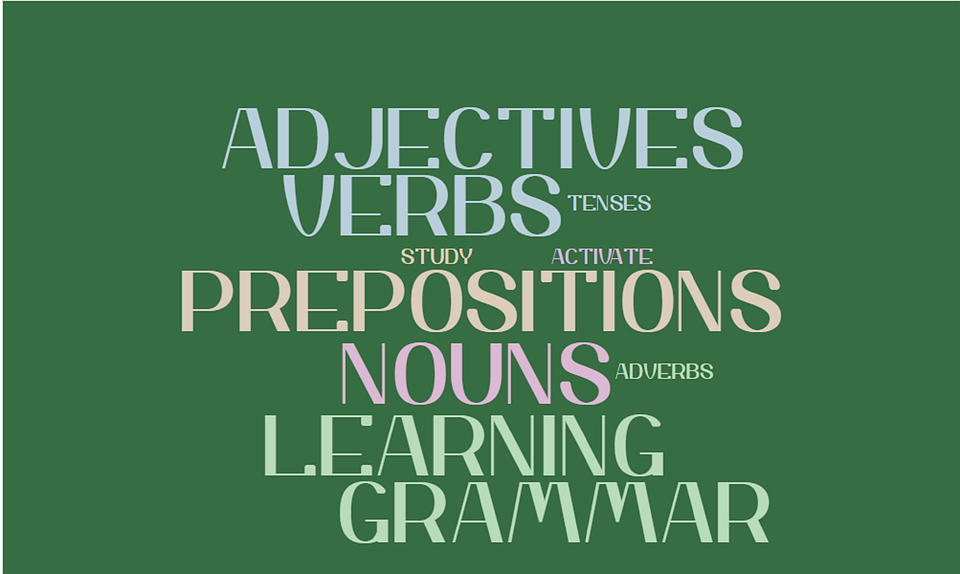
Passé composé is one of the most frequently used tenses in French, and its formation serves as the basis for many other tenses in the language. Therefore, understanding passé composé is crucial in comprehending the deeper and more complex structures of French grammar.
Passé composé is used to express an action that was completed at some time in the past or at the time of speech. It is the equivalent of the present perfect tense and past tense in English. Let’s delve into the learning process by examining “Les trois règles d’or du Passé Composé” or “The 3 Golden Rules of Passé Composé.”
Golden Rule 1: Formation
Passe compose is formed by placing the subject + auxiliary verb + past participle + object. The auxiliary verbs used are être and avoir, which are also known as helping verbs. As the name suggests (passé composé), it is a composite of avoir or être, the auxiliary verb followed by the past participle – participe passé. Assuming that you know the conjugation of the verbs avoir and être in the present tense, let’s move onto the formation.
Avoir
J’ai
Tu as
Il/Elle a
Nous avons
Vous avez
Ils/Elles ont
Être
Je suis
Tu es
Il/Elle est
Nous sommes
Vous êtes
Ils/Elles sont
Note that if you are a beginner, you may encounter difficulties in conjugating verbs and past participles in French. To overcome this, I recommend watching videos on French conjugation and past participle in French.
Formula for sentence structure in French is subject + verb + object. It is no different for passé composé; however, we need two verbs to form the sentence. Subject, verb 1 (auxiliary verb/supporting verb), verb 2 (action verb), and object.
Examples:
- J’ai parlé à Jean.
- Tu as fini ton projet.
- Il est allé au bureau.
- Elle est partie pour le Canada.
- Nous avons travaillé ensemble.
- Vous êtes devenu célèbre.
- Ils ont commencé à travailler.
- Elles sont nées le même jour.
From these examples, you can see that either avoir or être as auxiliary verbs along with past participle are used to form passé composé. However, the question arises as to where to use avoir and where to use être. Certain action verbs need être, and others require avoir.
Golden Rule 2: The V16 Rule
The V16 rule helps us understand which auxiliary verb (avoir or être) to use. There are 16 verbs that require être as their auxiliary verb to form passé composé:
- Naître (to be born)
- Mourir (to die)
- Aller (to go)
- Venir (to come)
- Revenir (to come back)
- Retourner (to return)
- Rentrer (to return)
- Entrer (to enter)
- Sortir (to go out)
- Arriver (to arrive)
- Partir (to leave)
- Monter (to climb up)
- Descendre (to climb down)
- Rester (to stay)
- Tomber (to fall)
- Devenir (to become)
The rest of the verbs require avoir as their auxiliary verb.
How to remember these 16 verbs? There are three methods:
Method 1: If you observe the verbs and ponder over their meaning.
You may notice that they fall under two categories: verbs that denote a change in state (naître, mourir, and devenir) or the second category would be the verbs which express movement (arriver, venir, partir, sortir, descendre, monter, etc). And the only exception is Rester – to stay.
Method Nº2: La maison d’être (I am going to narrate a story about a very well known superhero. Do you know who it is? The most loved The IRON MAN)
Il est né, il est venu, il est arrivé, il est monté, il est entré, il est resté, il est sorti, il est descendu, il est tombé, il est parti, il est allé, il est retourné, il est rentré, il est revenu, il est mort et il est devenu.
Naître
Venir
Arriver
Monter
Entrer
Rester
Sortir
Descendre
Tomber
Partir
Aller
Retourner/ Rentrer / Revenir
Mourir
Devenir
Method Nº3: Dr & Mrs Van Der Tramps
This is a popular mnemonic that will help you remember the verbs that require être as their auxiliary verb in passé composé.
Dr & Mrs Van Der Trampp is a helpful acronym, where each letter represents a verb that needs être as the auxiliary verb in passé composé.
D – Devenir (to become)
R – Revenir (to come back)
M – Monter (to climb up)
R – Rester (to stay)
S – Sortir (to go out)
V – Venir (to come)
A – Aller (to go)
N – Naître (to be born)
D – Descendre (to go down)
E – Entrer (to enter)
R – Retourner (to return)
T – Tomber (to fall)
R – Rentrer (to return)
A – Arriver
M – Mourir
P – Partir / Passer
S – (all pronominal verbs like : se revéiller, se lever, se laver, etc…)
Golden Rule Nº3: Agreement of past participle
When using avoir as the auxiliary verb, the past participle agrees in gender and number with the direct object, if it is placed before the verb.
For example:
- J’ai mangé une pomme. (I ate an apple.)
In the first sentence, une pomme (an apple) is the direct object and is feminine, singular. Hence, the past participle mangé agrees with it and takes the feminine singular form.
- Elle a acheté des chaussures. (She bought shoes.)
In the second sentence, des chaussures (shoes) is the direct object and is feminine, plural. Hence, the past participle acheté agrees with it and takes the feminine plural form.
When using “être” as the auxiliary verb, the past participle agrees in gender and number with the subject.
For example:
- Je suis allé(e) au marché. (I went to the market.)
In the first sentence, the subject je (I) is masculine, singular. Hence, the past participle allé agrees with it and takes the masculine singular form.
- Nous sommes sorti(e)s ensemble. (We went out together.)
In the second sentence, the subject nous (we) is feminine, plural. Hence, the past participle sorti agrees with it and takes the feminine plural form.
In conclusion, passé composé is a very important tense in French and its formation serves as the basis for many other tenses. By following the three Golden Rules of Passé Composé, you will be able to form and use this tense correctly. Remember to practice and review regularly to improve your understanding and mastery of the language.
For more grammar points, you can go to


